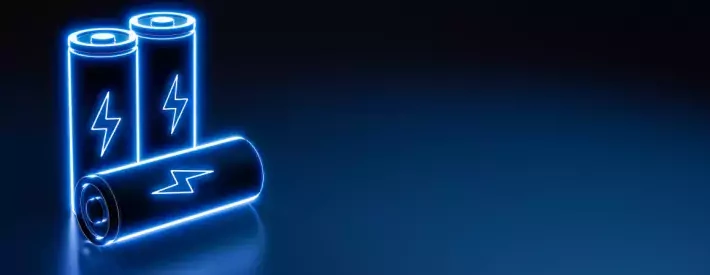Fight: Batteries, capacitors, and supercapacitors

Electrical storage systems are fighting for supremacy, lithium-ion batteries have taken the lead, but there are other options, and we all need to know what they are and how they work
Modern vehicles place complex demands on electrical systems so a consistent and readily available power supply is essential for everything to work properly. And there are a range of options available, including batteries, capacitors, and supercapacitors.
Each device has its own advantages and disadvantages, but as their use in automotive applications increases, if we’re to maintain and repair them it’s important to understand their differences. We all know that stored energy creates an electric potential measured in volts, but despite this similarity, these storage devices aren’t easily interchangeable.
Batteries
Batteries are perhaps the most familiar component, 12V batteries have been widely used from around 1920 with the sealed battery becoming mainstream in the 1970s. Electrified vehicles regularly still employ a 12V battery to bring online the high-voltage supply and to power accessories. Batteries store energy chemically, converting the energy to electrical on demand.
A typical battery consists of three main components held within a case; an anode and cathode (the electrodes), and the electrolyte. Over time, batteries can lose their ability to store a charge and there is significant research dedicated to address this problem as batteries often contain chemicals that aren’t eco-friendly and are hazardous to health.
Capacitors
A capacitor can block the flow of a direct current but allow an alternating current to pass, they have had automotive applications, such as in conventional spark ignition systems. Capacitors are used to store the energy produced by the ignition coil windings when the magnetic field collapses. These capacitors are known as “condensers”.
Capacitors are increasingly being used as a form of energy storage, as they work differently to batteries in that instead of storing the energy chemically, they store energy in an electrostatic field. The downside is they can’t hold the charge for long.
Capacitors are passive electronic components that have two conductive terminals separated by a non-conductive region. Energy must come from somewhere, whereas the battery converts from chemical to electrical, capacitors can only hold onto a charge momentarily that has been produced elsewhere.
The advantage over a battery is that the business of conversion takes time, the capacitor (once charged) releases its energy instantly. In tea drinking terms, your battery is a corded kettle that can produce hot water, your capacitor is a mug that can store the hot water for a limited time. It’s possible to unplug the kettle and drink directly from it, but for immediate use, the mug is much more accessible and has the amount desired.
Capacitors provide an exciting opportunity for high-voltage vehicles as vehicle design engineers can recover energy from other areas, such as braking, and filling a capacitor with recovered energy for immediate use will reduce the need to store that energy chemically.
Supercapacitors
Supercapacitors get truly exciting as limited safety, sustainability and recyclability are concerns for current lithium-ion technology. The success of an alternative electrochemical energy storage system for e-mobility would also be advantageous for the general storage of renewable energy, facilitated by the CHAdeMo protocol (bi-directional charging), a breakthrough in hybrid supercapacitors would bring benefit to the delivery of energy to homes and business through private transport.
The promise of the hybrid supercapacitor is to be able to charge and discharge as quickly as a capacitor and store almost as much energy as a conventional battery. The added advantage would be the much-increased number of lifecycles a capacitor can complete in comparison to a conventional lithium-ion battery.
Findings from the Graz University of Technology have recently published promising findings of a particularly sustainable solution using carbon and aqueous sodium iodide electrolyte.
Is this the end for lithium-ion?
It unlikely that the technology commercially available since 1991 will be consigned to the history books just yet. The latest research using glass electrolyte will mean this technology won’t just be Goodenough, it’ll be something to Braga about. OK, that’s a terrible joke, but Maria Helena Braga is recognised for expanding our understanding of solid-glass electrolytes and glass-batteries. She continues the work of John B. Goodenough, the father of lithium-ion technology.
Developments in automotive are fast paced so staying on top of the technologies and systems that could be rolling into the workshop is incredibly important. None of us want to be caught out by an electrified vehicle.




